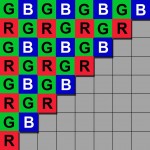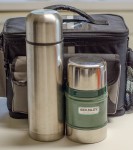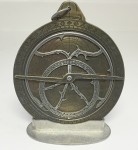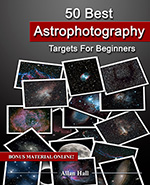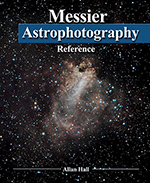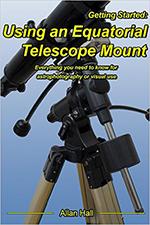Cooling a camera sensor, why and how. Part 1
If you are into astrophotography for any length of time you will run across people cooling a camera sensor or read camera specifications for CCD cameras that include cooling information. Why would anyone want to cool a camera? What does it accomplish? Is it important? Let’s start with what cooling a camera (actually the sensor) does. Camera sensors are a grid of light sensors called photosites. These sensors react to light and create voltages or data which increases based on the amount of light that hits them. The resulting signal from the photosite to the computer in the camera can… Continue reading






